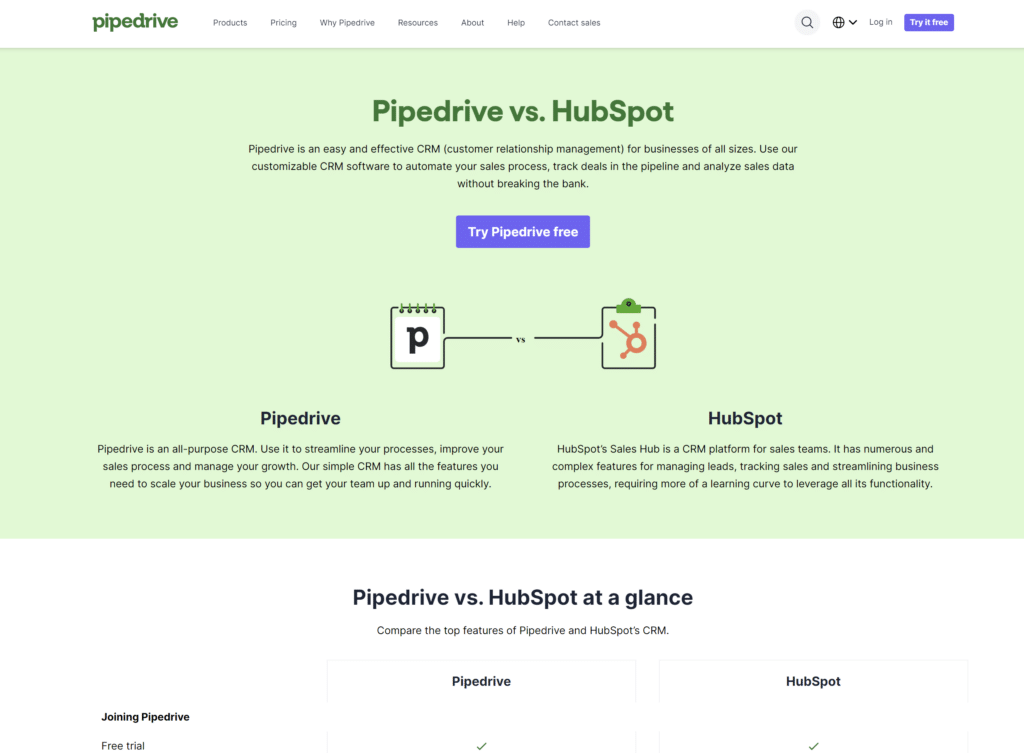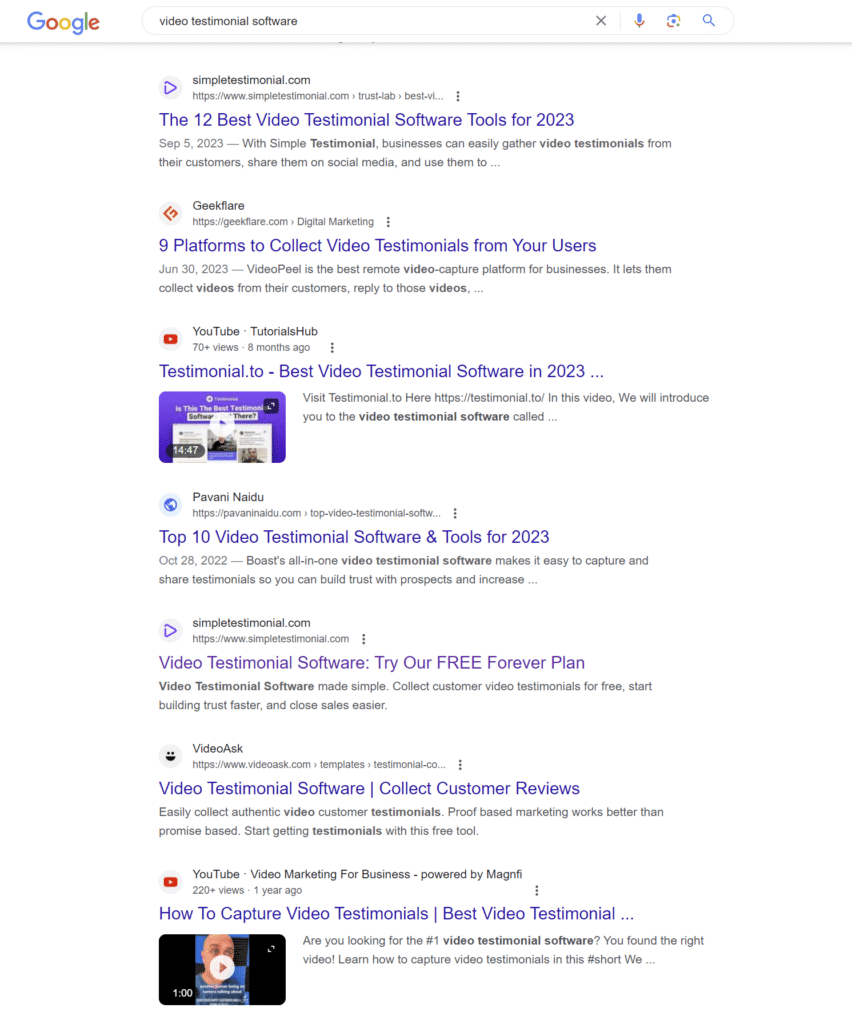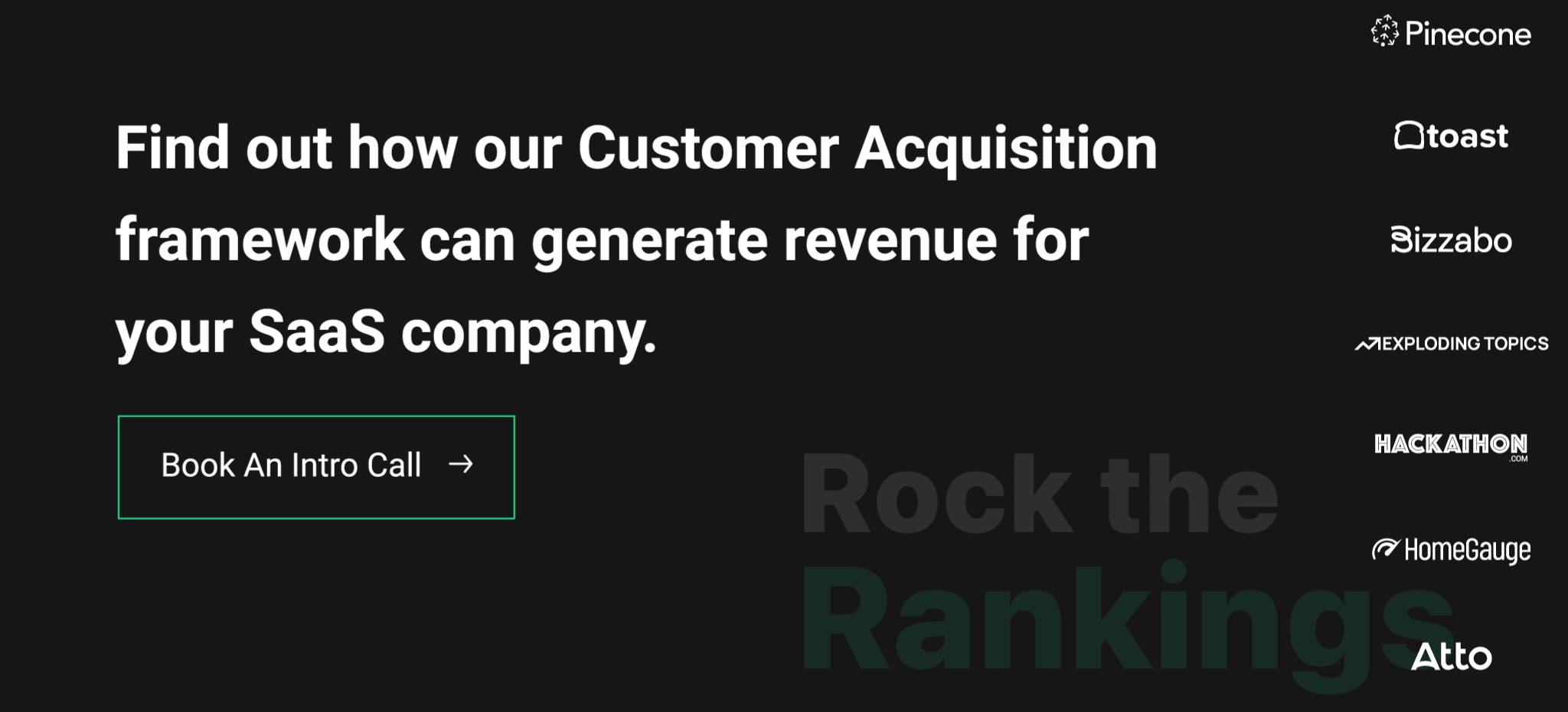Prioritizing bottom-of-the-funnel (BOFU) keywords in your SEO strategy can make a significant difference in driving conversions and generating better ROI.
Bottom funnel keywords are where searchers already know that a solution like yours exists, they simply need to know that you exist and understand better that you get their core pain, that you can solve that pain, and provide them with their desired outcome.
In this article, we’ll explore the concept of BoFU keywords and provide insights into different types, ways of finding them, and techniques to rank for them.
Bottom-of-the-funnel (BOFU) keywords are search queries that indicate a high intent to purchase a product or service.
These keywords typically indicate a strong intent to sign up for or subscribe to a particular SaaS solution.

Examples of BOFU keywords include:
BOFU keywords are typically used by potential customers who have already researched their problems or needs, identified potential solutions, and are now actively looking for more information about a specific SaaS product, its features, pricing, and how to get started.
They are likely often ready to make a purchase decision or are in the final stages of evaluating their options.
Bottom-of-the-funnel keywords are essential for driving purchase intent and conversions.
These keywords are classified into three main categories:
Let’s take a deeper dive into each category:
Descriptive solution-aware keywords represent search terms that specifically relate to the products or services you offer.
These keywords are crucial for businesses as they help users search for products or services in their industry.
For example, “best CRM software” and “invoice management software” are solution-aware keywords that directly describe what you offer.
It’s essential to discover all possible variations within your solution-aware keywords to cover various features, industry verticals, or product types.
This ensures that your content aligns closely with the search intent of users and improves your chances of ranking higher.
The second category consists of keywords that describe tasks or challenges that can be resolved with your product or service.
These keywords can be considered to be leaning slightly more toward the middle of the funnel because they don’t mention specific products or competitors.
Instead, they focus on “how to” queries, such as “how to automate construction invoices” or “how to get video testimonials from customers.”
Although these users may not be familiar with your brand or competitors, they still have the potential to become customers.
Further Reading: How to Implement a Jobs To Be Done SEO Strategy
By creating content tailored to address their specific problems, you can offer valuable solutions within the context of your product or service, increasing the chances of conversion.
Competitor comparison and alternative keywords focus on search queries that compare different solutions, helping users determine the best product or service for their needs.

Examples of these keywords include:
Further Reading: How to Create Competitor Comparison Pages
Targeting competitor comparison and alternative terms makes sense to get in front of searchers that are either looking to make a switch from their current platform, or are deep in the consideration face, and trying to best understand who is going to solve their core problem and provide the desired outcome they’re looking for.
First and foremost, consider writing down all possible search terms within these three frameworks related to the bottom of the funnel:
This brainstorming process lays the foundation for your keyword research, helping you discover high-intent target keywords.
After listing the BOFU keyword ideas, start analyzing the search engine results page (SERP) for every keyword.

This will provide insight into the phrasing people use when searching for a topic, and bring up related searches and other valuable keyword suggestions.
While analyzing the SERP, pay attention to:
Once you’ve completed the initial brainstorming, use keyword research tools like Ahrefs, SEMrush, or Google Search Console to discover similar ideas and long-tail keyword variations
Here are some ways to use keyword research tools to uncover more BOFU keyword opportunities:
To successfully rank for bottom-of-the-funnel (BoFU) keywords and boost conversion rates, you need to create well-crafted content that targets audience searching with high purchase intent.
You can assume a keyword’s search intent – which is where many writers and marketers go wrong.
Before ever building a page that’s meant to rank in Google, you always first want to analyze the SERPs to ensure that you’re building the right type of content to meet the search intent.
How to do it?
Simply Google your target keyword, and take note of the top 10 ranking pages:
When you try to optimize an article or landing page for SEO, including keywords won’t be enough, you need to ask yourself these fundamental marketing questions and make sure that content resonates, but also is built to actually be able to rank in Google.
If you try to rank a how-to article when all of the competing articles are listings for that given keyword, you’re likely going to fail while.
Designing the structure of a webpage plays a crucial role in ranking for bottom-of-the-funnel keywords, which are integral to driving conversions.
Effective page design incorporates various elements that align with content strategy and emphasize user experience:
Navigation: Clear and intuitive navigation ensures that users can easily find what they are looking for, which is particularly important for service pages and landing pages offering webinars and demos.
Content Layout: It should be organized in a logical manner with headings, subheadings, and bullet points to improve readability. This organization guides users through the content, from highlighting the features of a service to directing them toward a call to action.
Use of Multimedia: Integration of relevant images, videos, and infographics can help explain the service or product in more detail, making blog posts and content more engaging and persuasive.
Call to Action (CTA): Strong CTAs are prominent and well-placed, encouraging users to take the next step, whether that’s signing up for a webinar or requesting a demo.
Further Reading: SaaS Landing Page Design 101
Throughout the design process, focus on creating a user-centric page that facilitates a smooth path to conversion.
In order to properly structure your page, it all starts with your potential customer’s problem.
What is the number one thing that’s keeping them up at night?
What’s causing them pain and agony during their workday that they’d pay any amount to solve?
B2B SaaS customers purchase a product because it solves a problem.
If you can clearly state the problem that your product solves:
You need to truly understand the primary problem they have, which is the one they’re willing to pay for to fix with your solution.
Further Reading: Copywriting Best Practice for SaaS
The next is focusing on the desired result or outcome they’ll feel after using your product.
They have a primary problem they’re looking to solve, right?
By solving this problem, what’s the desired outcome and result?
Here are a few examples:
What is it they want to achieve by solving this specific problem?
The more you can quantify the cost of not fixing the problem itself, along with the more you can help your potential customers understand the desired outcome they want to achieve and visualize how you’ll help them achieve that – the more you’re going to connect and be able to convert.
Optimizing on-page SEO is a critical step for ranking bottom-of-the-funnel keywords, which are instrumental for any content marketing strategy aiming at conversion:
Further Reading: On-Page SEO Guide
The final ingredient in the recipe is building links.
Without links, you’re going to struggle to be able to rank in many cases due to competition in the SERPs.
Links include both:
Getting “natural” backlinks to your bottom-funnel pages is easier said than done.
There are different ways to approach landing links to these pages, but generally, getting backlinks to other pages and properly internally linking can also help to satisfy the links required to rank in the top positions of the SERPs.
Further Reading: Internal Linking Guide
Ranking for bottom-of-the-funnel keywords is crucial for businesses aiming to optimize their conversion rates.
Such keywords are essential in guiding potential customers through the final stages of the customer journey, as well as finding your solution when they are already problem-aware.
In re-capping:

Founder of Rock The Rankings, an SEO partner that helps B2B SaaS brands crush their organic growth goals. An avid fan of tennis, and growing micro-SaaS businesses on the weekend. 2x SaaS Co-Founder – Currently working to build and scale Simple Testimonial.
Book a 1-on-1 intro call with our founder that includes a FREE custom marketing plan. Start growing faster, today.